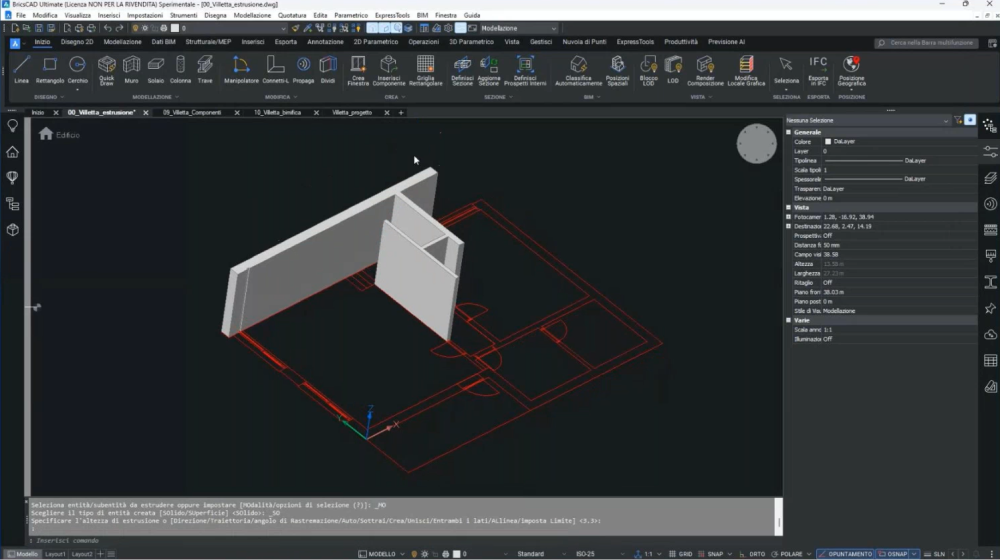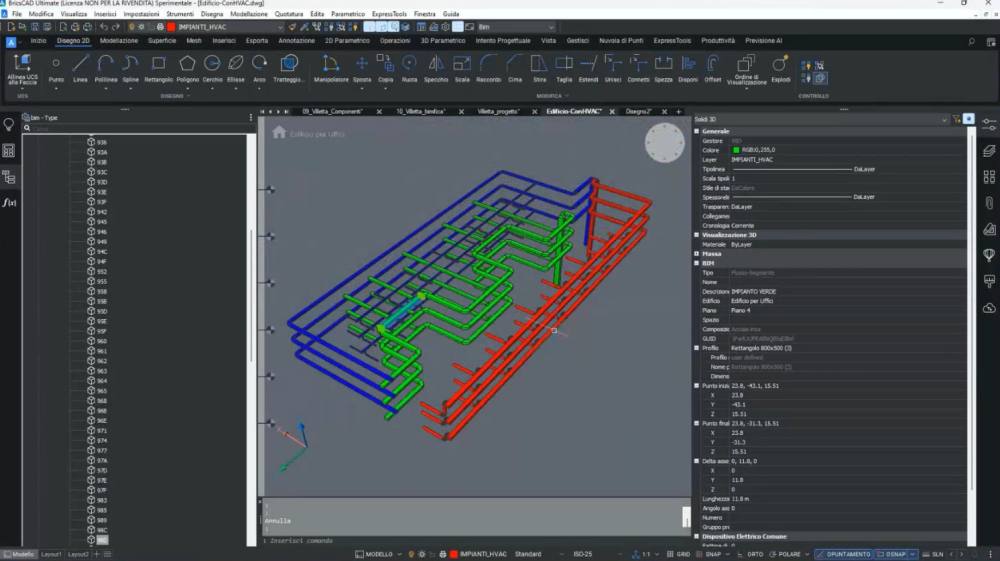The architecture, engineering, and construction (AEC) industry is rapidly evolving, driven by the construction industry’s pressing need to enhance productivity, reduce waste, and enable seamless collaboration across project lifecycles. These challenges are further compounded by increasingly complex project demands. To address these issues, government agencies, industry regulators, and policymakers have turned to technology mandates as critical tools for driving change. Central to this effort are Building Information Modeling (BIM) mandates and Industry Foundation Classes (IFC) mandates. Both initiatives share the goal of improving efficiency and sustainability within the industry, yet they tackle these objectives in distinct ways: BIM mandates focus on how information is created and managed, while IFC mandates ensure that this information is exchanged in a standardized and interoperable manner. For professionals accustomed to producing engineering documentation primarily in 2D CAD software, these mandates present both a challenge and an opportunity to adapt and thrive in a transforming landscape.
BIM Mandates: Driving Digital Transformation
BIM mandates typically focus on the adoption of collaborative, data-rich 3D modeling practices. Governments and organizations worldwide have implemented these mandates to standardize workflows and ensure projects are designed, constructed, and maintained using advanced digital tools. For example, the UK’s BIM Level 2 mandate requires all centrally funded projects to use fully collaborative 3D BIM. The aim is clear: to enable better coordination, reduce costly errors, and ensure that projects meet environmental and lifecycle performance standards.

However, BIM mandates are not just about technology; they are about creating a unified approach to managing information. For many sub-contractors and trades, the transition to BIM can feel daunting, particularly when their expertise lies in producing precise 2D drawings or trade-specific designs. This is where platforms like BricsCAD BIM excel, offering a solution that bridges traditional 2D workflows with BIM’s collaborative environment.
IFC Mandates: Ensuring Interoperability
While BIM mandates set the stage for digital collaboration, IFC mandates focus on ensuring interoperability and data standardization. As an open, vendor-neutral standard, IFC facilitates the exchange of information across different software platforms, making it an essential component of many national BIM strategies. Countries like Denmark, Spain, and Singapore have integrated IFC into their public procurement requirements, ensuring that data remains accessible and usable throughout a project’s lifecycle.
For sub-contractors working in manufacturing, assembly, and installation, the significance of IFC lies in its ability to unify data formats. By producing IFC-compliant deliverables, these professionals can meet client requirements for BIM while retaining the flexibility of their preferred tools and workflows. BricsCAD BIM’s native DWG compatibility and robust IFC export capabilities make it an ideal choice for this purpose.
Where BIM and IFC Overlap—and How They Differ
BIM mandates and IFC mandates share a common goal: enhancing productivity and reducing waste. BIM achieves this through better coordination and data integration across disciplines, while IFC ensures that this data can flow seamlessly between software platforms. For example, a federated BIM model used for clash detection might rely on IFC to integrate contributions from various trades, from structural steel to HVAC systems.
However, the key distinction lies in their focus. BIM mandates address how information is created and managed, emphasizing workflows and processes. IFC mandates, on the other hand, address what data is exchanged and ensure that this exchange is standardized and non-proprietary.
BricsCAD® BIM: A Solution for AEC Professionals
For AEC professionals navigating these mandates, BricsCAD BIM offers a compelling solution. As a DWG-based platform, it enables users to transition from traditional 2D CAD workflows to BIM without abandoning familiar tools. BricsCAD BIM’s ability to produce IFC-certified deliverables ensures compliance with both BIM and IFC mandates, making it a powerful choice for sub-contractors who need to deliver BIM-compatible models while maintaining their focus on trade-specific precision.

In an industry where productivity and sustainability are paramount, adapting to these mandates is not just a requirement—it’s an opportunity. With BricsCAD BIM, AEC professionals can confidently meet the demands of the digital age while staying true to their expertise.
Discover BricsCAD® BIM
You can try BricsCAD BIM for free, for 30 days and discover how you can ensure your deliverables are compliant.





